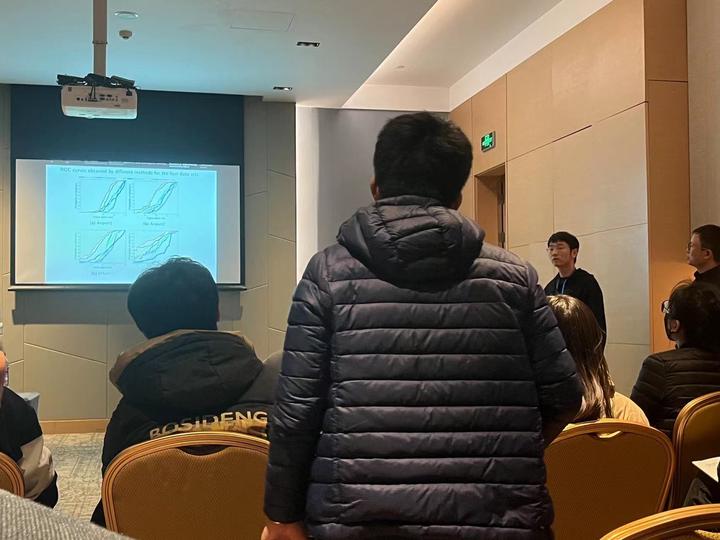第一届全国算法软件与应用研讨会

Abstract
Anomaly detection in the hyperspectral images, which aims to separate interesting sparse anomalies from backgrounds, is a significant topic in remote sensing. In this paper, we propose a generalized nonconvex background representation learning with dictionary constraint (GNBRL) model for hyperspectral anomaly detection. Unlike existing methods that use a specific nonconvex function for low rank term, GNBRL uses a class of nonconvex functions for both low rank and sparse terms simultaneously, which can better capture the low rank structure of the background and the sparsity of the anomaly. In addition, GNBRL simultaneously learns the dictionary and anomaly tensor in a unified framework by imposing a three-dimensional correlated total variation constraint on the dictionary tensor to enhance the quality of representation. An extrapolated linearized alternating direction method of multipliers (ELADMM) algorithm is then developed to solve the proposed GNBRL model. Finally, a novel coarse to fine two-stage framework is proposed to enhance the GNBRL model by exploiting the nonlocal similarity of the hyperspectral data. Theoretically, we establish an error bound for the GNBRL model and show that this error bound can be superior to those of similar models based on Tucker rank. We prove that the sequence generated by the proposed ELADMM algorithm converges to a Karush-Kuhn-Tucker point of the GNBRL model. This is a challenging task due to the nonconvexity of the objective function. Experiments on hyperspectral image datasets demonstrate that our proposed method outperforms several state-of-the-art methods in terms of detection accuracy.